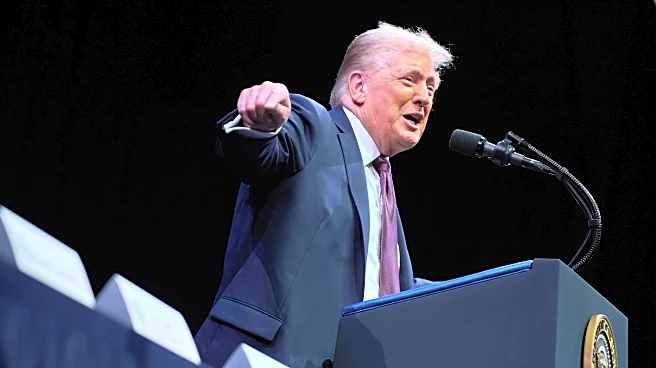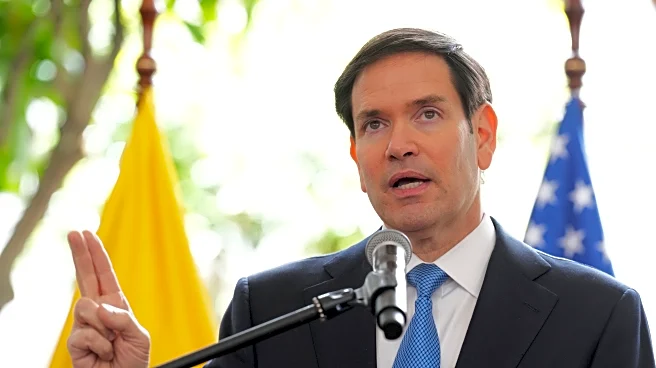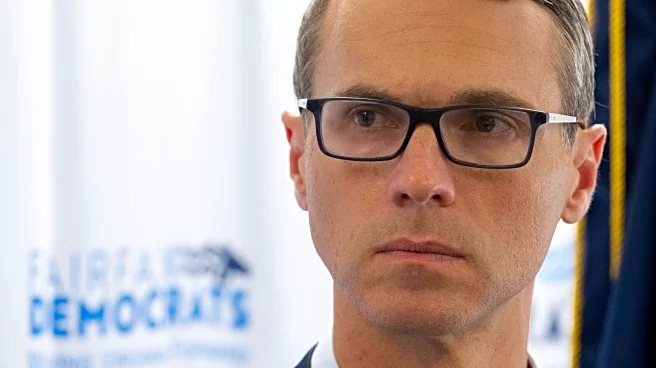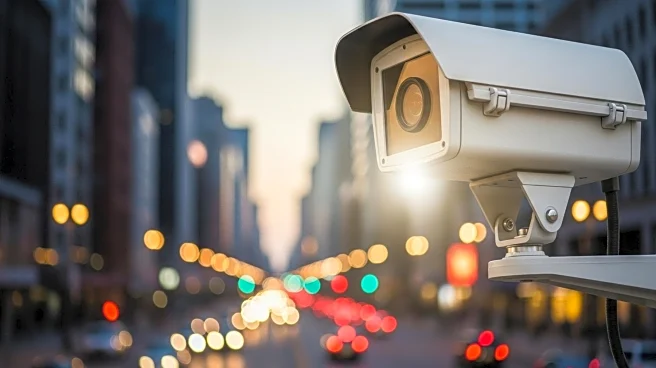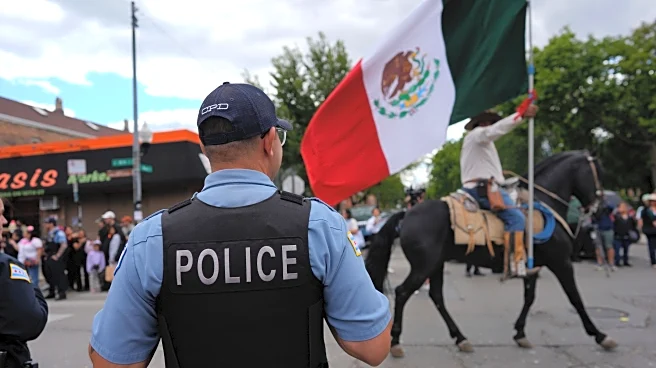What's Happening?
A recent New York Times/Siena poll indicates that Zohran Mamdani holds a slight lead over Andrew Cuomo in a hypothetical head-to-head race for New York City mayor among likely voters. Mamdani leads Cuomo by four percentage points, 48% to 44%. However, Cuomo would lead among all registered voters if the race included other candidates such as Curtis Sliwa, a Republican, and Eric Adams, the current mayor running as an independent. In a broader race scenario, Mamdani maintains a significant lead over Cuomo, with 46% to Cuomo's 24%. The poll suggests that Mamdani would also lead Adams in a direct matchup, with a margin of 55% to 36%.
Why It's Important?
The poll results highlight the potential impact of voter turnout on election outcomes. Mamdani's lead among likely voters suggests strong support from those most engaged in the electoral process, while Cuomo's broader appeal among registered voters indicates potential for a different outcome if turnout dynamics shift. This underscores the importance of mobilizing voter bases and the strategic decisions candidates must make regarding their campaign focus. The presence of multiple candidates could further complicate the race, affecting voter preferences and turnout.
What's Next?
As the election approaches, candidates will likely intensify their efforts to engage and mobilize their respective voter bases. President Trump's involvement in persuading candidates like Sliwa and Adams to exit the race could influence the dynamics significantly. The strategies employed by Mamdani and Cuomo to appeal to both likely and registered voters will be crucial in determining the final outcome. Observers will be watching closely to see if any candidates decide to withdraw, which could alter the competitive landscape.
Beyond the Headlines
The poll results may reflect broader political trends in New York City, where progressive candidates like Mamdani are gaining traction. This could signal a shift in voter priorities and the political landscape, potentially influencing future elections beyond the mayoral race. The involvement of high-profile figures like President Trump in local elections also highlights the intersection of national and local politics, with implications for party strategies and voter engagement.


